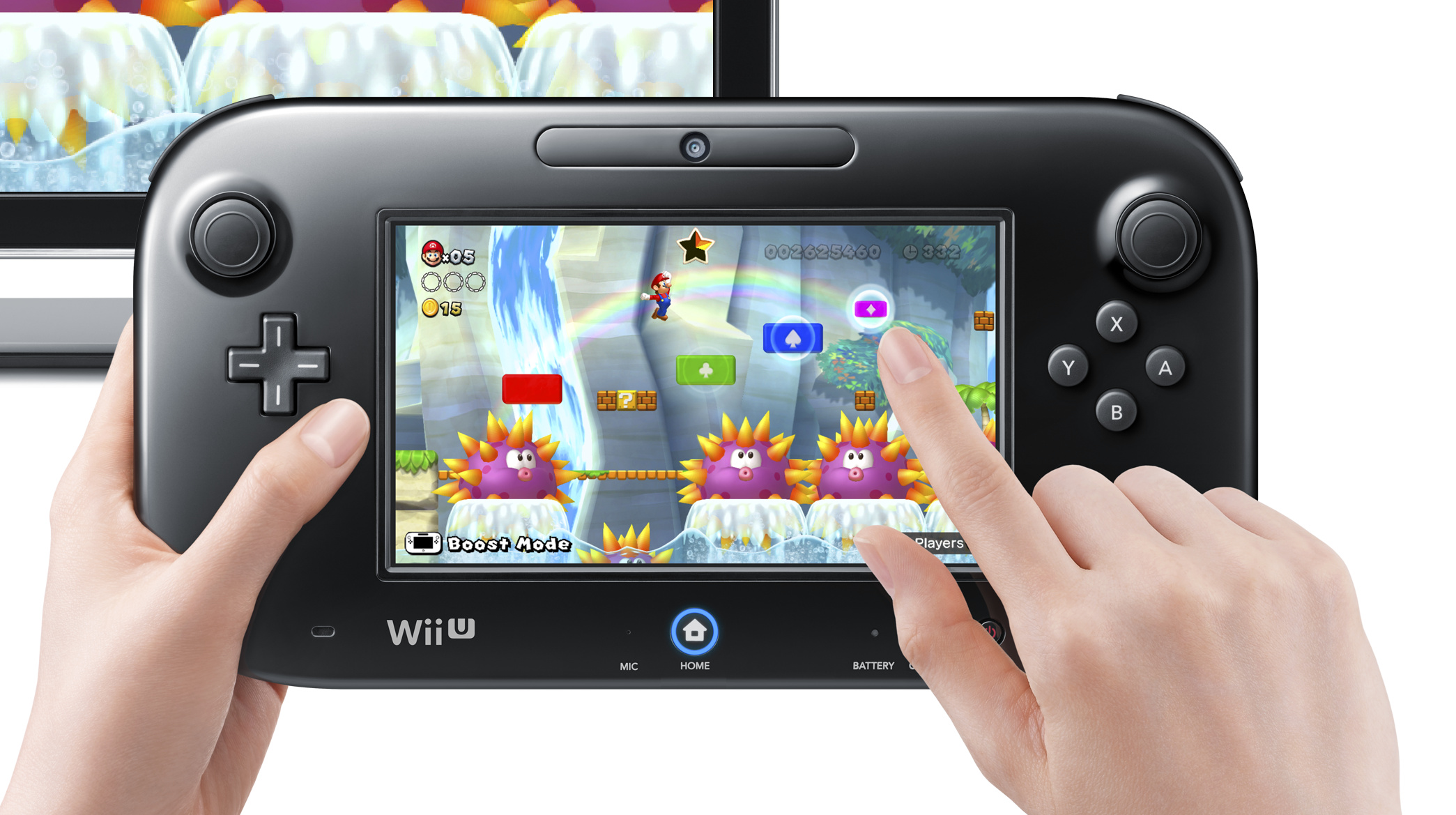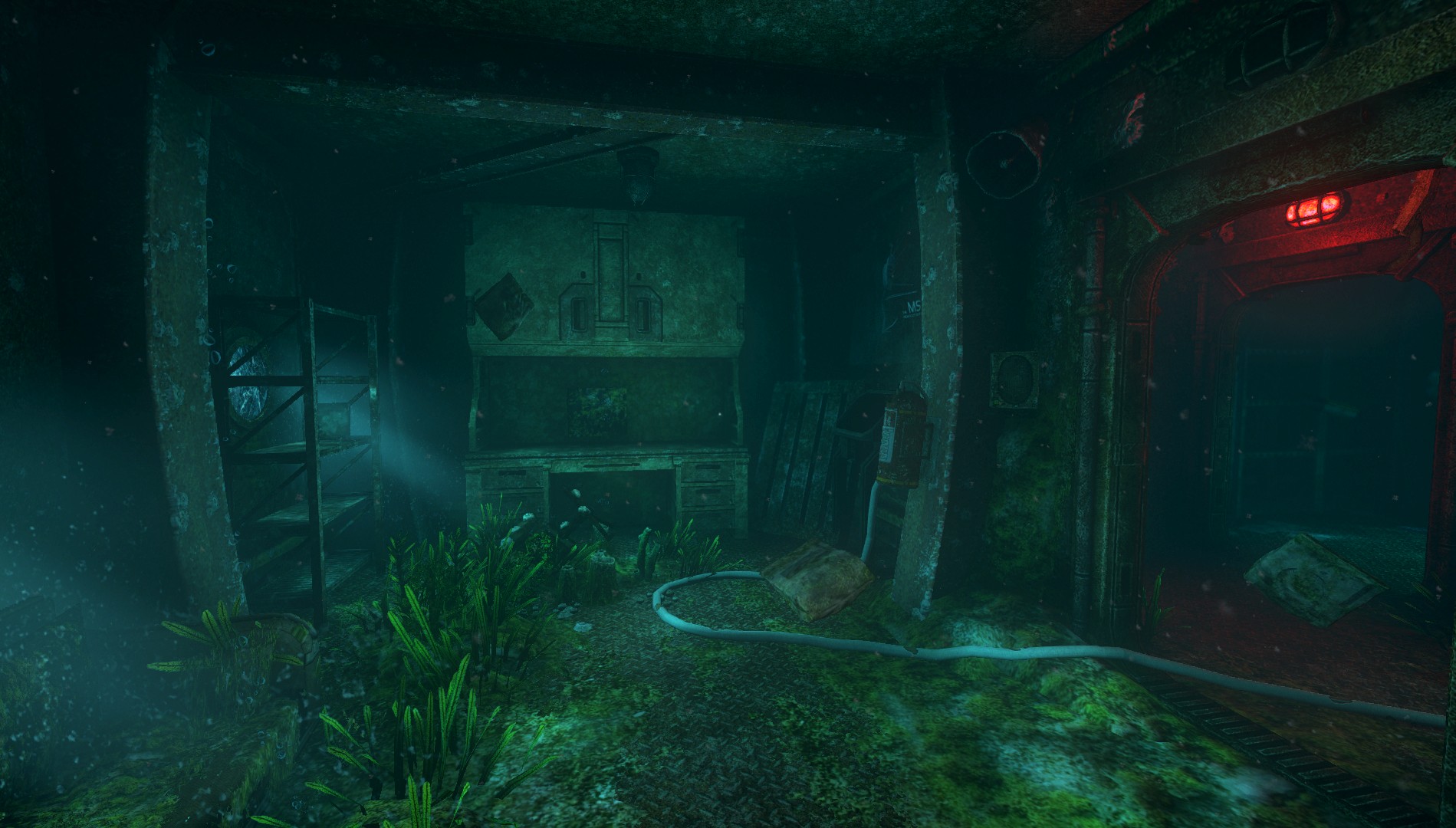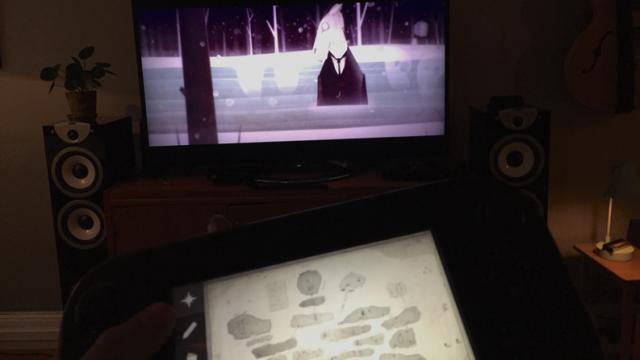Welcome back, Friday! Welcome back, Worth Reading! As another week draws to a close, our regular guide to the best games writing around is here to help out.
Hey, You Should Read These

With games like Super Mario Maker, Nintendo’s seemingly discovered Wii U’s potential late in the game. Super Mario Maker wouldn’t be as effective without the GamePad. Rich Stanton played through Year Walk on the Wii U, experienced a similar revelation, and spent a long time thinking about what Nintendo’s intentions with Wii U must have been and why it didn’t really work out. Long story short, predicting the future is hard, and you’re often gonna get it wrong.
Saying that Nintendo designed a device with multiple screens, for an age of multiple screens, is no great shakes. Anyone can understand that argument and see where it’s coming from. But feeling their device slot into that groove of your brain where the smartphones and tablets normally sit, in essence taking advantage of a modern routine, is something new.
Now that its commercial failure is confirmed, few have a kind word for the Wii U concept and any internet commenter can explain why it was always doomed. Which is all fair enough, but Year Walk made me realise what Nintendo was going for all along. After making the definitive living room console in Wii, the successor was planned for a new kind of living room – one where the monolithic family television was now surrounded by smaller competitors, and people were not only comfortable with but enjoyed jumping between screens.

The business of games is often a black box that precious few are allowed to peer into. But Frictional Games, developers of Amensia: The Dark Descent and SOMA, have always been unusually transparent. This hasn’t changed with the launch of SOMA, in which creative director Thomas Grip revealed the game’s sold 90,000 copies so far, which is a little less than what Amnesia: A Machine for Pigs sold in its first week. Still, it will keep the lights on for the next two years, while Frictional Games works on whatever’s next. The whole post is worth a read.
One reason this was so is probably due to expectations. While we’ve tried to be very clear that SOMA will be a different game from Amnesia: The Dark Descent, we have still used the name “Amnesia” as a way to grab attention. This sends a bit of a mixed message, as people might simply assume that because we say “from the creators of Amnesia“, a similar experience will be provided. One idea would have been not to mention the studio’s heritage, but that feels stupid from a PR perspective. Another idea would have been to tone it down a bit, but it’s hard to say exactly how to do that. The fact of the matter is that SOMA, just like Amnesia, is very much a horror game. It’s just that it is presented in a different manner, using slower build-up and more focus on the psychological aspects.
Another reason why some people felt it was not scary enough is because horror is extremely subjective. The reactions to how scary SOMA is range from “not at all” to “the scariest game I have played”, and some of the people in the latter camp are survival horror veterans. We had this sort of reaction to Amnesia: TDD as well, but it feels even more spread out for SOMA. When we released The Dark Descent, horror with no combat was still a very fresh concept, but five years later that is no longer the case, and it has lost its impact for some people. SOMA also employs a riskier approach to monster AI that assumes the player will act in certain ways and reach a certain understanding about how the creatures work. If players don’t do this the experience might suffer. Above all, the main horror in SOMA is supposed to come from the existential dread that’s slowly unveiled as the game progresses. And in order for this to work properly, a lot of pieces need to align, and it will not work for everyone.
If You Click It, It Will Play
Oh, And This Other Stuff
- Mattie Brice and John Sharp wrote letters to one another about how generational gaps end up informing how we look at games.
- Steven Wright examined how the arcade scene continues to thrive, despite most of the world assuming they died in the 90s.
- Dante Douglas broke down how Mass Effect‘s dialogue trees do a disservice to romance — i.e. it’s not a matter of simply saying the right things.
- Lars Doucet used Final Fantasy V as a way to talk about how to bring games into the HD era, given how badly Square Enix handled that one.
- Tim Colwill spoke to the Assassin’s Creed team about how the game treats (encourages?) the idea of class warfare.
- Luke Winkie chronicled how Giant Bomb tried to recover from the loss of Ryan Davis, one of its founding editors. (RIP, Ryan.)
- Dan Crawley talked with a developer on the abandoned South Park video game that was discovered on an Xbox earlier this week.

Comments
2 responses to “The Future That Nintendo Tried To Predict With Wii U”
I got this when the Wii U was first announced. It’s a shame most still do not understand it.
The Wii U is by far the most used console in my house. I have a 5 year old boy who just loves it, and being 5 he hasn’t played any Wii games. So….the plethora of old Wii games get snapped up cheap and he loves them to bits.
That…….plus Netflix & youtube on the Wii U is worth it’s weight in gold.